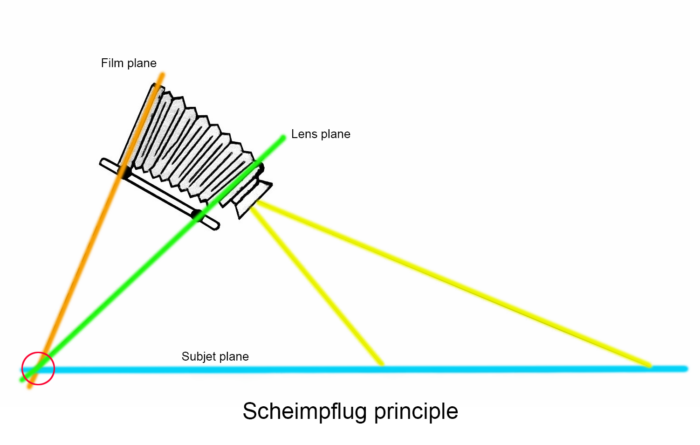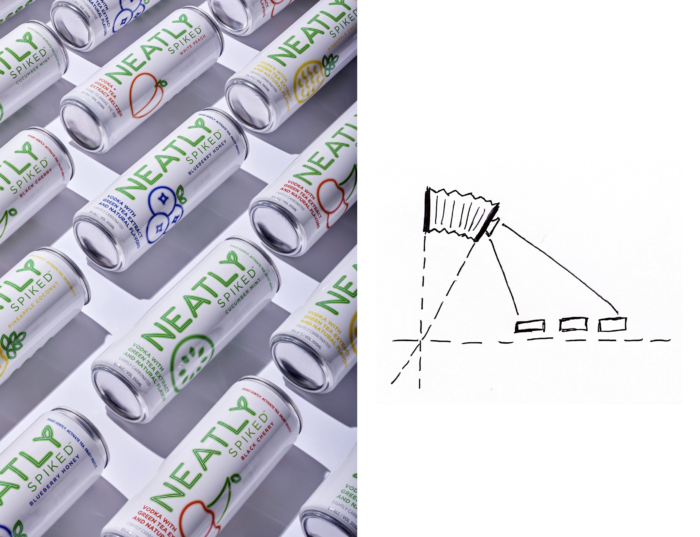Article by Marcel Boldú
Hi everyone!
I want to share with you a technique that can radically change the way you capture your images: the Scheimpflug principle.
Although its name might sound intimidating, the truth is that its practical application has the power to take your photography to an extraordinary level. Get ready to break it down in a clear and simple way, and discover how you can leverage this principle to create stunning and professional images.
What is the Scheimpflug Principle?
The Scheimpflug principle is a technique used in photography that explains how to align the subject plane, the lens plane, and the image plane (sensor or film) when the lens plane is not parallel to the image plane.
In simple terms, it involves adjusting these planes so that they align correctly and intersect at a single point, ensuring that the captured image is completely in focus. This principle is especially useful when working with large format cameras or tilt-shift lenses, and it applies to certain camera movements in these systems.
This principle will allow you to achieve stunning and sharp images that will make your products stand out professionally. Additionally, you can apply selective focus, concentrating on areas of interest while blurring others, adding depth and highlighting the main subject. This allows for diagonal and total focus, where every element in the scene is crisp and clear.
To better illustrate this principle, I want to share some photographs taken with my Actus XL view camera by Cambo.
This camera has allowed me to effectively apply the Scheimpflug principle, achieving incredible photos. The precision and adjustability of the Cambo make it the perfect tool to fully exploit this technique.
We can see all the cans in focus by applying the Scheimpflug principle.
We can see all the cupcakes in focus by applying the Scheimpflug principle.
Let’s take a look at this example applying the Scheimpflug principle and achieving diagonal focus.
We can see the entire razor in focus by applying the Scheimpflug principle.
Visit Marcel Boldú’s website to see more of his work.













